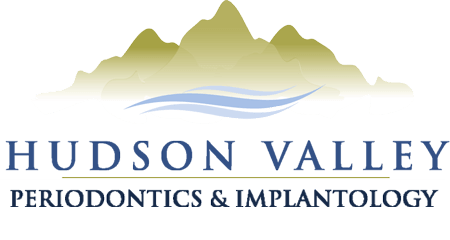Bone loss is something that is typically associated with aging. Many people are aware of medical conditions such as osteoporosis and loss of bone density throughout the body. However, bone loss can also occur in the jaw due to a variety of causes.
The good news is that bone loss in the jaw can be treated and even reversed. How? With help from dental specialists called periodontists. In this article we will explore procedures that can reverse bone loss by encouraging regeneration of lost bone tissue.
Causes of Bone Loss in the Jaw
- Absence of teeth. When teeth are missing the support structures for those teeth begin to deteriorate. Over time the jaw bone will gradually weaken and dissolve away.
- Gum disease. Advanced stage gum disease can cause damage to the jaw bone, which often results in bone loss.
- Misaligned teeth. Teeth that are not in proper alignment can cause the jaw bone to weaken in certain areas.
- Osteoporosis. This condition can affect all of the bones in your body, including your jaw.
- Medications. Certain medications are known to cause bone loss, such as bisphosphonates.
- Dentures. Traditional dentures that are not anchored in the jaw allow the jaw bone to weaken over time.
Procedures For Bone Loss
- Bone grafting. A bone fragment can be surgically placed under the gums on top of the jaw bone. The bone fragment will bond with the existing bone and encourage regeneration of bone tissue.
- Sinus lift. A sinus lift procedure uses bone fragments to thicken the upper jaw in order to protect the sinus in preparation for dental implant placement.
- Bone regeneration. As an alternative to bone grafting, membranes or proteins can be placed that encourage regeneration of lost bone tissue.
Benefits of Reversing Bone Loss in the Jaw
- Better fit for dentures. Regeneration of lost bone tissue can help dentures fit more securely to your jaw.
- Preparation for dental implants. Dental implants are artificial tooth roots that are surgically placed in the jaw. They require a certain amount of bone density and width to be effective. Reversing bone loss in the jaw can make it possible to replace missing teeth with dental implants or implant supported dentures.
- Improved appearance. Reversal of bone loss in the jaw can improve your facial structure, giving you a more youthful appearance and preventing the sunken jaw look.
Why See a Periodontist For Bone Loss?
A periodontist specializes in the support structures for the teeth, which includes the jaw and gum tissue. If you have experienced bone loss in your jaw, a periodontist is the right dental specialist to provide treatment. By providing procedures such as bone grafting and bone regeneration, a periodontist can help you recoup lost bone tissue, widening your options for tooth replacement.
Frequently Asked Questions About Bone Regeneration
How long does bone regeneration take?
On average it can take anywhere from 3-6 months for your jaw bone to regenerate after a bone grafting or related procedure. For some patients it may take longer. Factors such as age and individual rate of healing may affect your results.
How soon after bone grafting can I get dental implants?
If your bone grafting procedure is in preparation for dental implants, you may be ready for the next step in 6 months or less. It depends on the rate at which your bone tissue regenerates and becomes ready for dental implant placement.
Contact Hudson Valley Periodontics and Implantology
If you’ve experienced bone loss in the jaw, you may notice that your dentures don’t fit as well as they used to, or that your jaw looks smaller and less defined. Hudson Valley Periodontics and Implantology provides bone grafting and bone regeneration procedures to reverse bone loss and improve your range of options for tooth replacement.
Call 845-623-6666 or contact us today to learn more and schedule an appointment.

